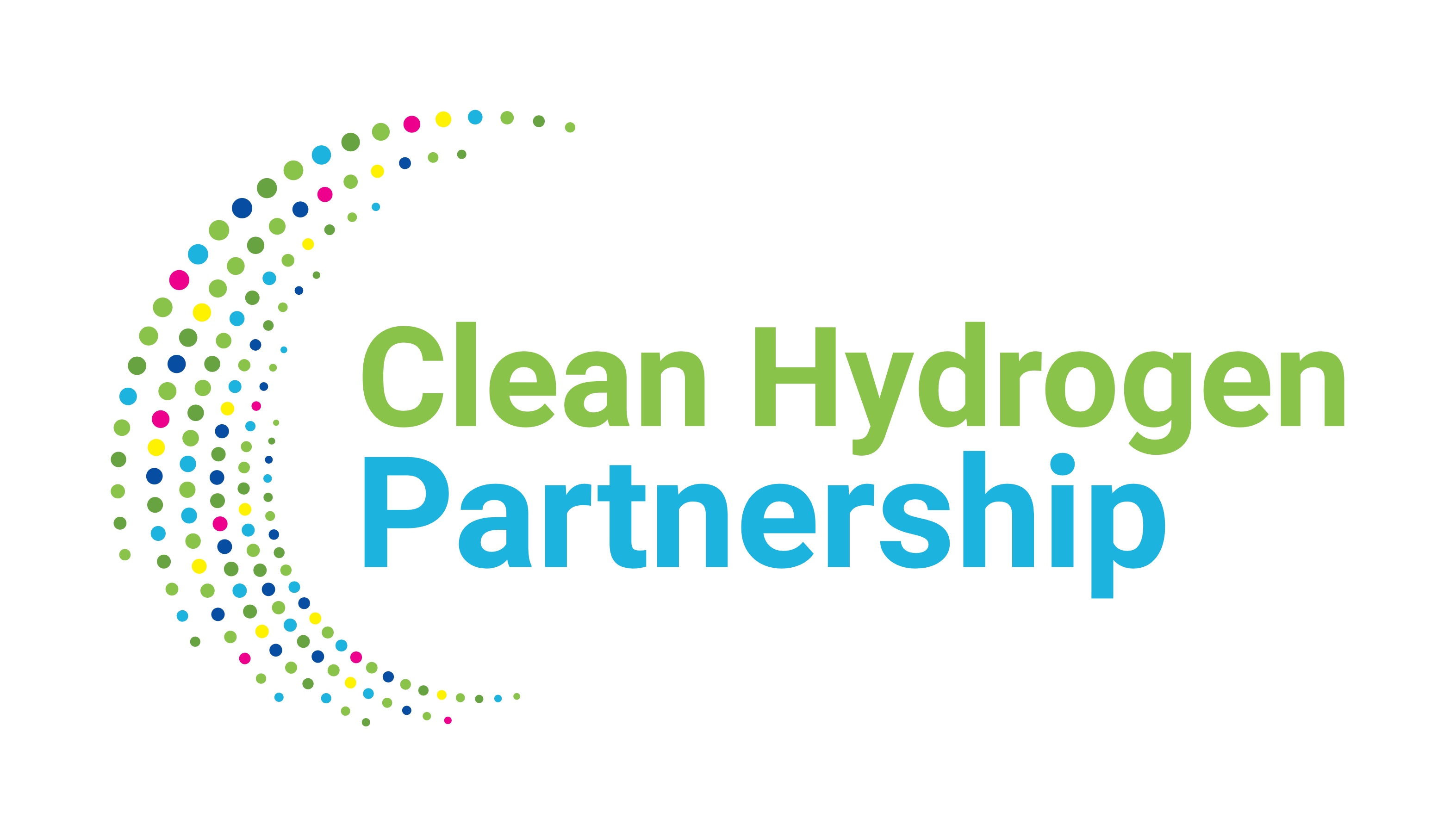Project Approach
Learn everything about the TRIĒRĒS Project
An MultiFaceted Approach
The proposed methodology and development plan for the TRIĒRĒS Valley initially focuses on the valley operations, including business models, future expansion plans, legal and regulatory issues, public governance, safety management and monitoring through a digital twin of the hydrogen valley to ensure risk minimization and quality assurance. As a next milestone, the consortium will work to plan the supply of hydrogen, design of the valley logistics, deploy and operate the assets for 2 years until the end of year 2027. During these steps, communication, and collaboration with additional hydrogen valleys is foreseen.
Green. Hydrogen. Logistics.

Green Hydrogen production
H2 Logistics & Distribution
H2 End Users
30 MW Alkaline Electrolyser at MOH Refinery
Production of 2,410 tons/year of Green Hydrogen
Trailer Filling Terminal
Virtual Pipeline comprised of three Tube Trailers
Physical and highly Innovative Polymer Pipelines
Five Hydrogen Refuelling Stations
Hydrogen Bunkering Facilities in the Port of Piraeus
Compressor connected to the Onshore Natural Gas Pipeline of the FSRU LNG Terminal of Dioriga Gas
Mobility (Maritime)
Mobility (Road)
Industry – MOH
Industry – LPC
FSRU of Dioriga Gas
Fuel Cell Auxiliary Power Unit in the Port of Piraeus
A Business Model for the Future
The TRIĒRĒS Valley will offer a business model for the introduction of hydrogen in the Peloponnese and Attica regions, followed by scaling-up to the whole country of Greece. The impact will extend to the entirety of the region of South Eastern Mediterranean and the Balkans. This TRIĒRĒS Valley will bring Greece to a strategically geolocated import hub position of channelling green hydrogen to northern EU bridging the regions of North Africa and the Middle East to the North. In parallel maritime users will be offered prime exposure to the project as through demonstrations of the feasibility of hydrogen use on short sea shipping vessels and through defining financing mechanisms and business models to mature further the hydrogen in shipping market segment.
Central Localization in Greece
The greek H2-Valley creates a complete hydrogen ecosystem centered around the regions of Peloponnese, Western Greece and Attica. The birth of the valley is the refinery of MOH located in Agioi Theodoroi, Corinth, Peloponnes. Through a national supply chain, green hydrogen is fed to major national industries (FUL, LPC, the port of Piraeus), regional pathways (covering part of the TEN-T road networks located on the Orient – East Med TEN-T through the Olympia Odos motorway and following the corridor to including Bulgaria & Cyprus) and international liaising with Mission Innovation countries (Israel and the UAE).

Improved security and resilience of the
energy system
An important part of the feasibility studies will be dedicated to analysing decentralised production, storage, and onsite consumption of hydrogen by large industrial users, in addition to the high volumes of hydrogen received through the electrolyser. The integration of the technologies and applications of the TRIĒRĒS Valley in the existing energy infrastructure & systems of the country and region are examined and designed to optimise complementarity with the existing and planned infrastructure throughout the whole design and engineering process.
The MOH Electrolyser.
The TRIĒRĒS project is inextricably linked with EPHYRA, a highly innovative and pioneering project that will demonstrate an innovative hydrogen production facility of 30 MW at industrial scale, from renewable energy sources, by employing improved electrolysis technology. The largescale electrolysis will be integrated into the industrial operations of Motor Oil’s Corinth refinery in Aghioi Theodoroi.
New Hydrogen Infrastructure
Across its geographic scope, the TRIĒRĒS Valley covers the entire hydrogen value chain in its whole, ranging from production and compression of hydrogen to the subsequent storage and distribution of hydrogen to off-takers through a virtual pipeline implemented with tube trailers in the first stages of the Valley following Hydrogen adoption scale up. Through the maturity of the TRIĒRĒS Valley a network of physical innovative polymer pure hydrogen ready pipeline will be studied constructed to serve distribution.
Hydrogen distribution and logistics.
The TRIĒRĒS Valley will showcase its potential to supply hydrogen to major sectors, namely mobility (road and maritime), industry and energy, which will operate through a common hydrogen supply infrastructure. Specifically, TRIĒRĒS will initially supply 2,410 tons per year of green Hydrogen to a FC short sea ferry (66 tons), FCEV (25 tons), Industrial users (1,322 tons) and energy users (1,000 tons).

